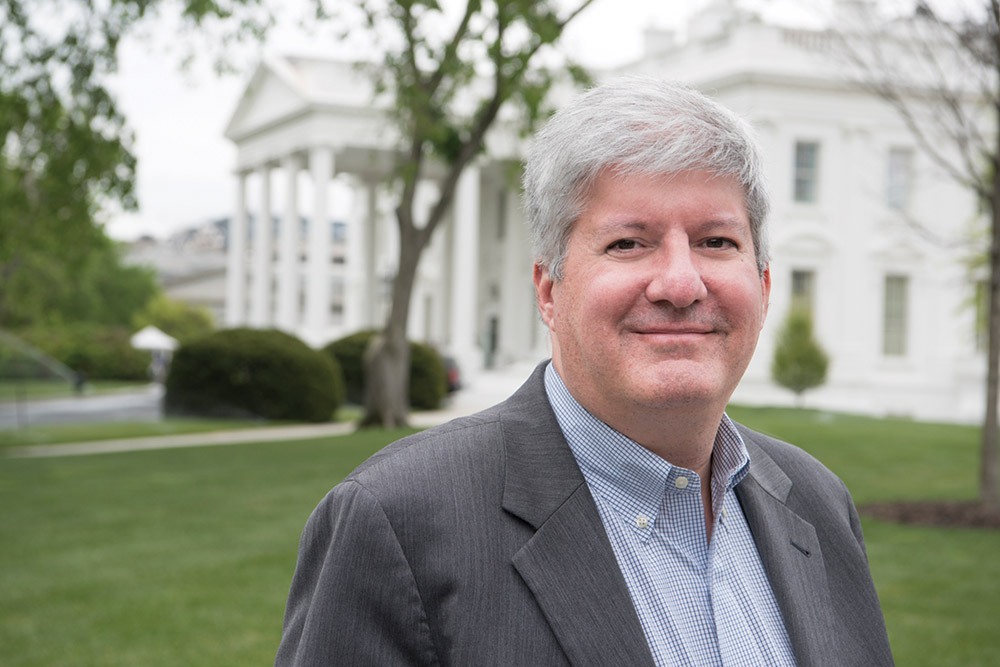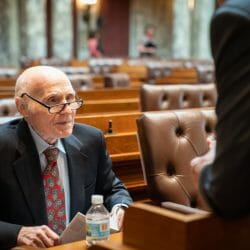When you ask Thomas Kalil ’85 the customary Washington, D.C., question — “What do you do?” — the simple answer is that he advises the president and his senior advisers on issues related to science and technology. Some days that means welcoming kids to the White House Science Fair, and other days it means visiting the nation’s newest innovation center.
But the reality is much larger than that: as deputy director for policy for the White House Office of Science and Technology Policy, Kalil tackles moon shots, grand challenges, and thinking broadly about which big research bets the federal government should make. As an example, he cites the early exploration of the Internet: “What are the investments we should be making today so that the United States leads in the industries and the jobs of the future?”
Under former president Bill Clinton, Kalil worked on the National Nanotechnology Initiative and a range of other issues as deputy assistant for technology and economic policy and deputy director of the White House National Economic Council (NEC). While at the University of California–Berkeley, he launched Big Ideas@Berkeley, which provides support for multidisciplinary student projects aimed at solving economic and societal challenges.
That multidisciplinary approach informs his current work, which includes serving as senior adviser for science, technology, and innovation for the NEC. On major initiatives — such as the vice president’s “cancer moon shot” and NASA’s Asteroid Grand Challenge — the goal is to bridge efforts in the private and public sectors to solve big societal problems.
“I think it’s very powerful when you can line up two things: one is an ambitious goal, and the second is a story about why now,” Kalil says. He points to the cancer moon shot: recent advances have engineered white blood cells that can destroy tumors but leave healthy cells untouched. This has led to longer survival times and provided a way to capture the public’s imagination. Instead of using scientific jargon, Kalil likes to translate research by emphasizing things like the fact that we are now “storing the Library of Congress on a device the size of a sugar cube” or “detecting cancerous tumors before they [are] visible to the human eye.”
Given how rapidly technology changes, the overarching question about where to put our resources has also changed. “As science, technology, and innovation become increasingly powerful, in a lot of cases, the relevant question is no longer ‘What can we do?’ — because we can do a lot,” he says. “The question is, ‘What should we do?’ ”
Published in the Summer 2016 issue




Comments
No comments posted yet.